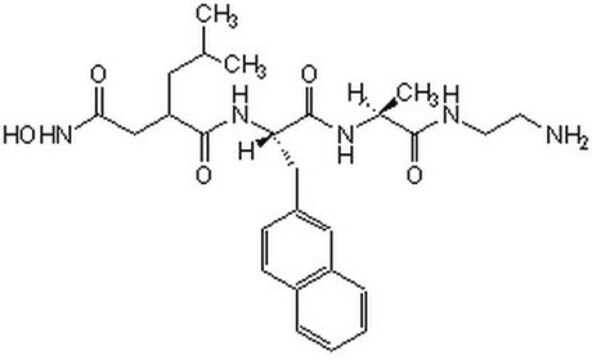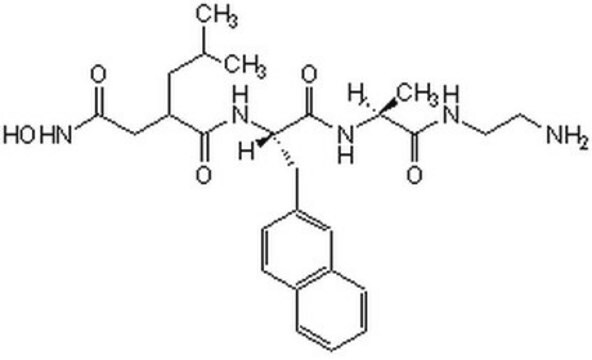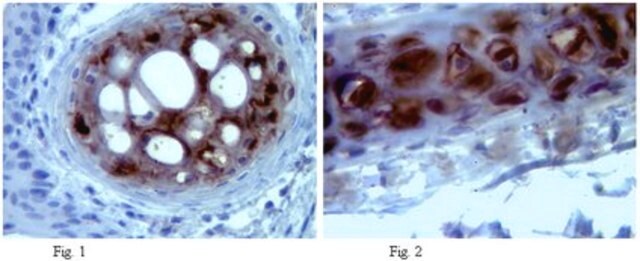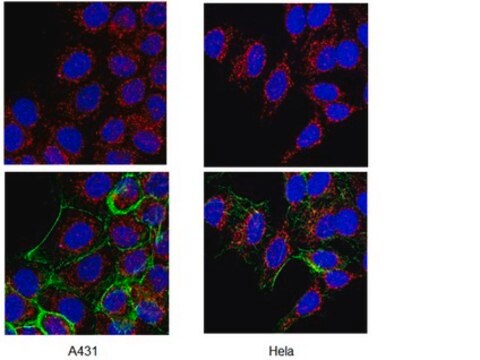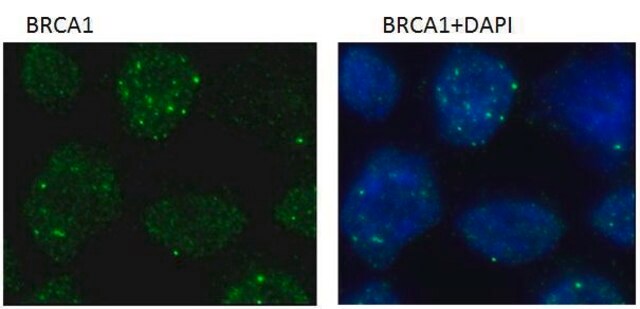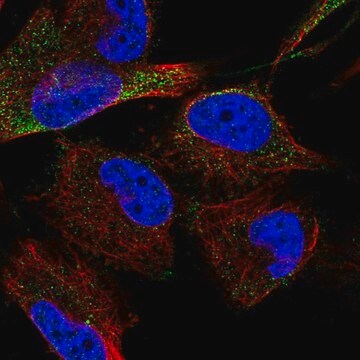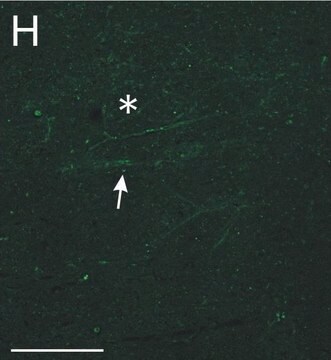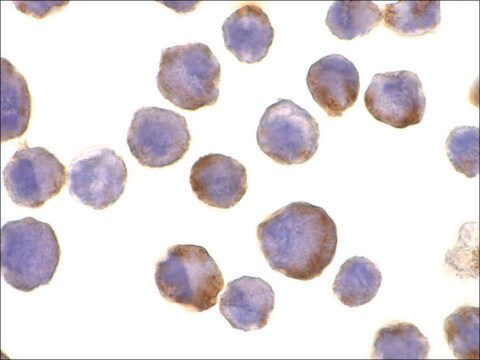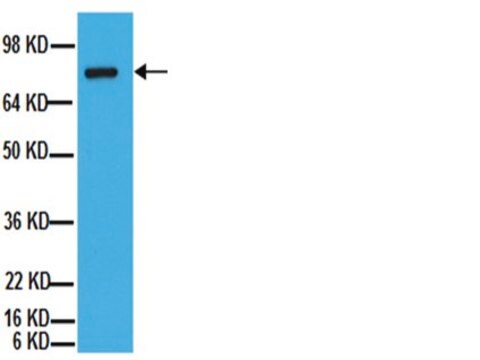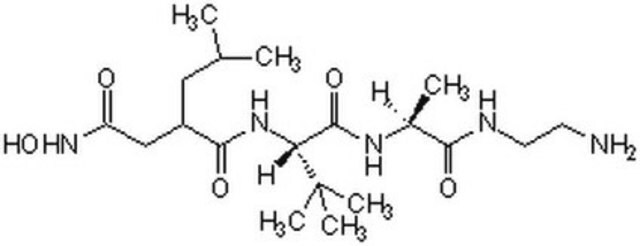MABT884
Anti-TACE Antibody, clone D1(A12)
clone D1(A12), from human(Recombinant)
Synonym(s):
Disintegrin and metalloproteinase domain-containing protein 17, ADAM 17, CD156b, Snake venom-like protease, TNF-alpha convertase, TNF-alpha-converting enzyme
About This Item
Recommended Products
biological source
human (Recombinant)
Quality Level
antibody form
purified immunoglobulin
antibody product type
primary antibodies
clone
D1(A12), monoclonal
species reactivity
human
should not react with
mouse (Kwok, H.F., et al. (2014). Protein Eng. Des. Sel. 27(6):179-190.)
technique(s)
flow cytometry: suitable
isotype
IgG1κ
NCBI accession no.
UniProt accession no.
shipped in
ambient
target post-translational modification
unmodified
Gene Information
human ... ADAM17(6868)
Related Categories
General description
Specificity
Immunogen
Application
Inhibits Activity/Function: Representative lots inhibited TACE-mediated substrates shedding from the surface of human cells both in cultures and in mice in vivo (Issuree, P.D., et al. (2013). J. Clin. Invest. 123(2):928-932; Richards, F.M., et al. (2012). PLoS One. 7(7):e40597; Tape, C.J., et al. (2011). Proc. Natl. Acad. Sci. U. S. A. 108(14):5578-5583).
Apoptosis & Cancer
Quality
Flow Cytometry Analysis: 0.2 µg (2 µg/mL) of this antibody detected TACE expression on the surface of one million HeLa cells.
Target description
Physical form
Storage and Stability
Handling Recommendations: Upon receipt and prior to removing the cap, centrifuge the vial and gently mix the solution. Aliquot into microcentrifuge tubes and store at -20°C. Avoid repeated freeze/thaw cycles, which may damage IgG and affect product performance.
Other Notes
Disclaimer
Not finding the right product?
Try our Product Selector Tool.
Storage Class Code
12 - Non Combustible Liquids
WGK
WGK 2
Flash Point(F)
Not applicable
Flash Point(C)
Not applicable
Certificates of Analysis (COA)
Search for Certificates of Analysis (COA) by entering the products Lot/Batch Number. Lot and Batch Numbers can be found on a product’s label following the words ‘Lot’ or ‘Batch’.
Already Own This Product?
Find documentation for the products that you have recently purchased in the Document Library.
Our team of scientists has experience in all areas of research including Life Science, Material Science, Chemical Synthesis, Chromatography, Analytical and many others.
Contact Technical Service